Hummingbirds: Nature’s Tiny Aerial Marvels! Facts, Habitat, Diet & More
Meet the Amazing Hummingbirds
Hummingbirds: Nature’s Tiny Aerial Marvels!
Hummingbirds are among the most dazzling and fascinating birds on the planet. These tiny, iridescent creatures are nature’s living jewels, zipping through the air with breathtaking speed and agility. But there’s more to them than just their beauty! Let’s dive into the world of hummingbirds and explore their habitat, diet, lifespan, reproduction, and some truly mind-blowing facts.

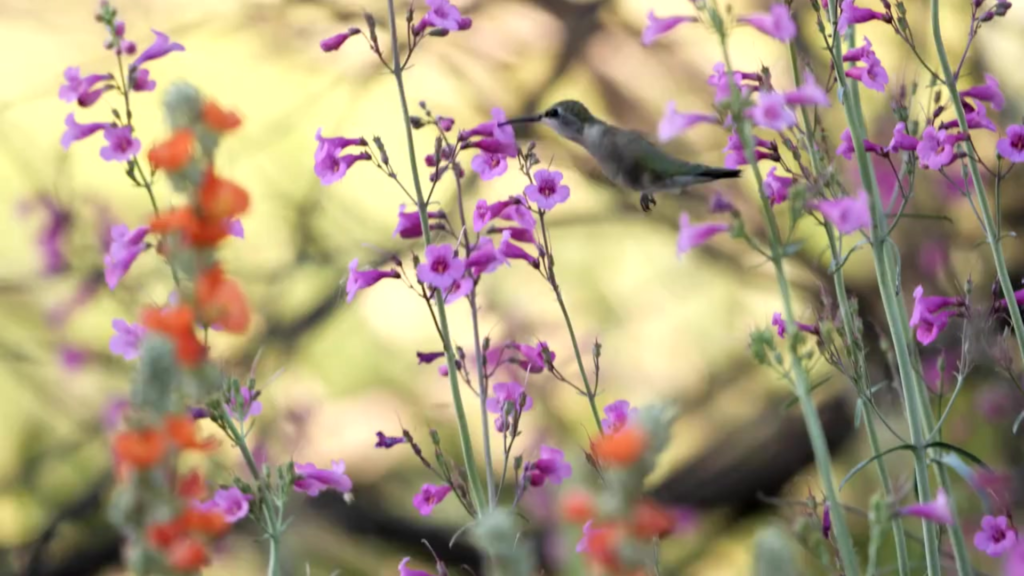
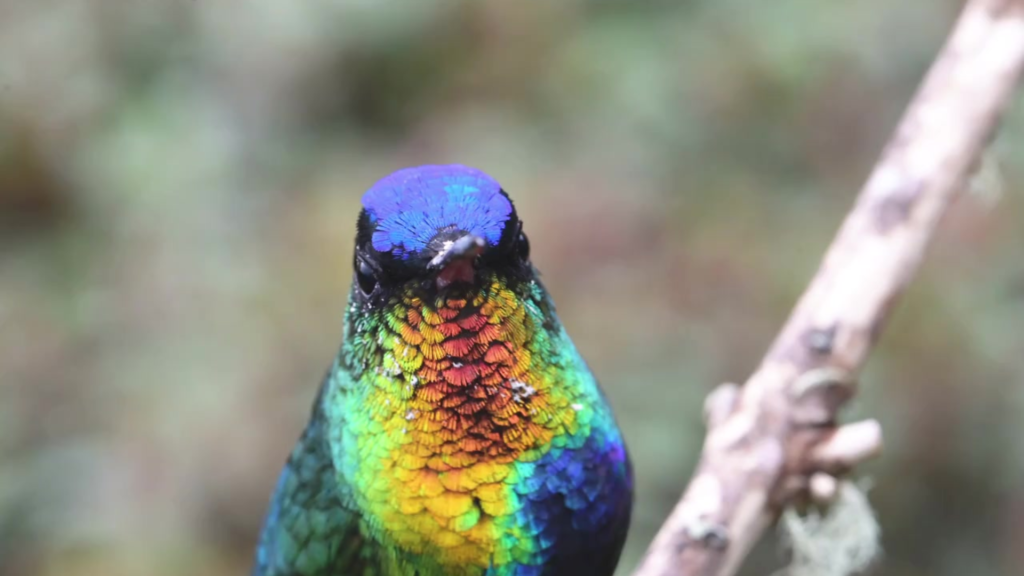



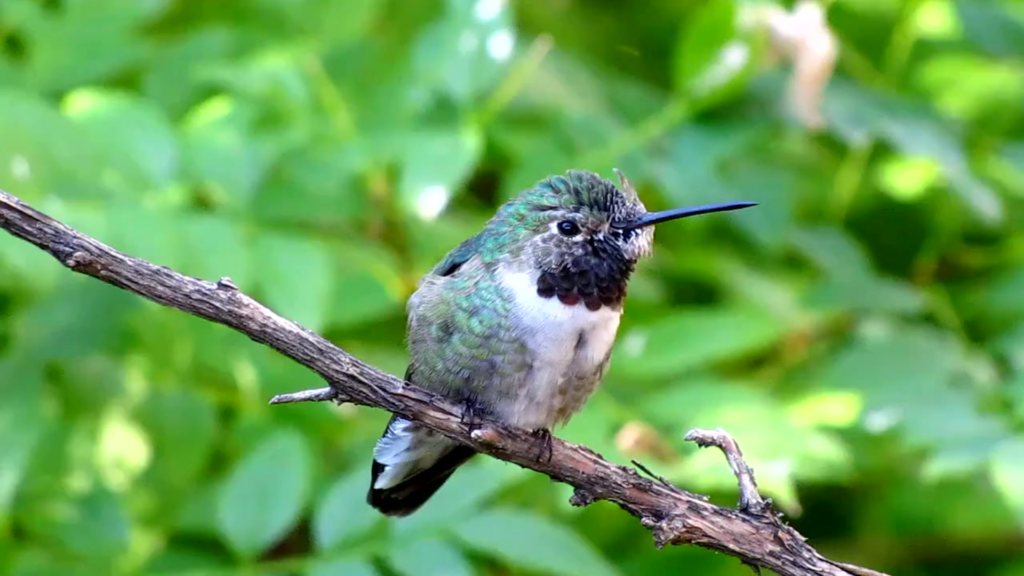
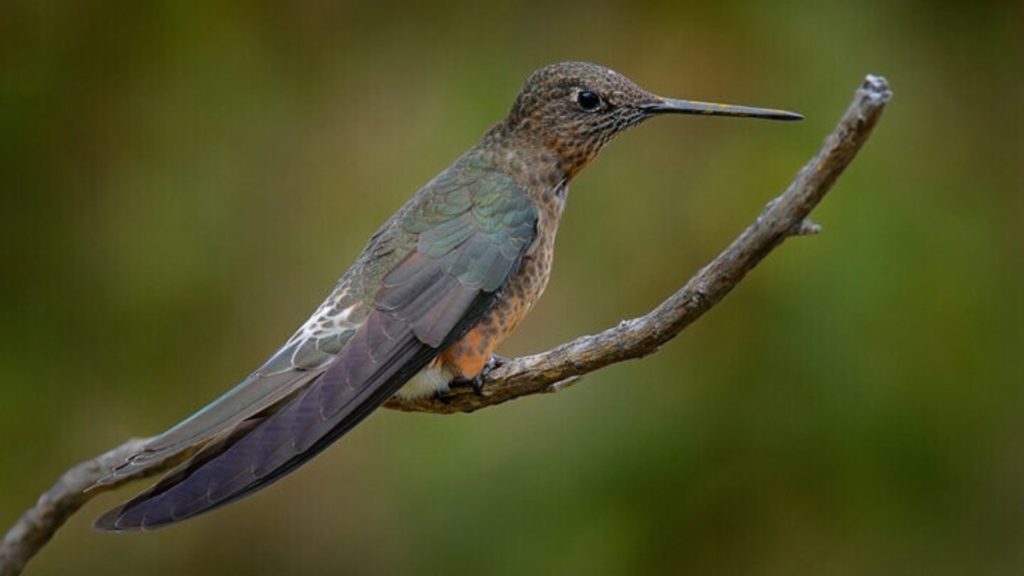

Where Do Hummingbirds Live?
Hummingbirds are found exclusively in the Americas, from the chilly landscapes of Alaska to the lush rainforests of South America. They thrive in environments filled with flowers and nectar sources, such as:
- Rainforests
- Woodlands and meadows
- Urban gardens and backyards
(Yes! You can attract them!)
Some species are long-distance migrators, traveling over 2,000 miles between breeding and wintering grounds! The Ruby-throated Hummingbird makes an incredible non-stop flight across the Gulf of Mexico—a journey of nearly 500 miles without resting!
What Do Hummingbirds Eat?
Hummingbirds have fast metabolisms, meaning they need to consume energy constantly. While their main diet consists of nectar from flowers, they also eat: 


A hummingbird can consume up to twice its body weight in nectar per day! Their long, specially adapted tongues lap up nectar at a rate of about 15 times per second!
How Long Do Hummingbirds Live?
Despite their tiny size, hummingbirds can have surprisingly long lifespans!
- In the wild: 3 to 5 years on average.
- In protected environments: Some have lived over 10 years!
Considering their heart beats over 1,200 times per minute during flight, it’s amazing they live as long as they do!
Reproduction: Tiny Birds, Tiny Nests
Female hummingbirds take on the entire parenting role. They build cup-shaped nests using:
- Moss and soft plant fibers
- Spider silk
(for flexibility!)
They lay 1 to 3 eggs, each no bigger than a jellybean! After an incubation period of 14-23 days, tiny, featherless babies hatch, completely dependent on their mother.
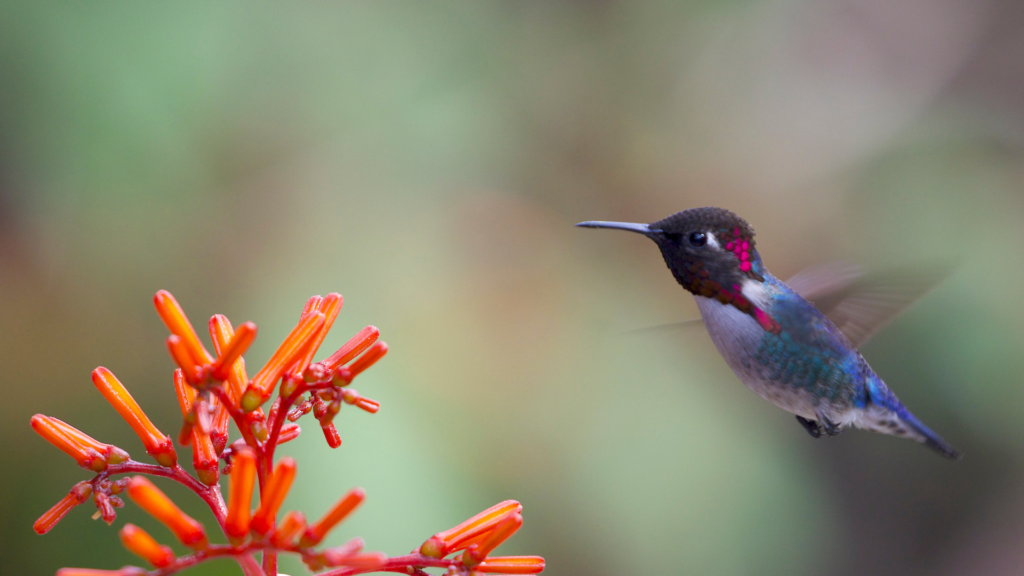
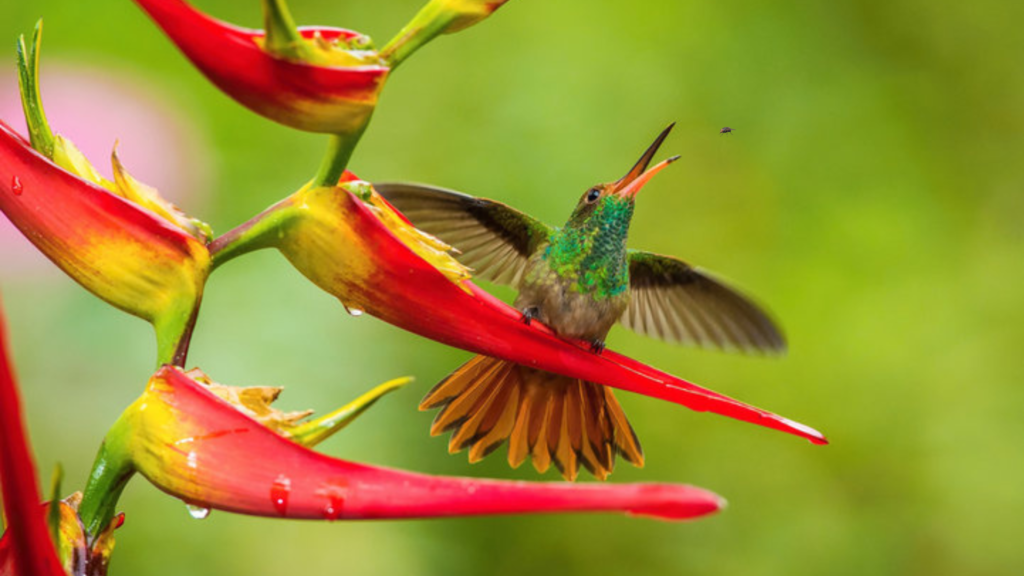
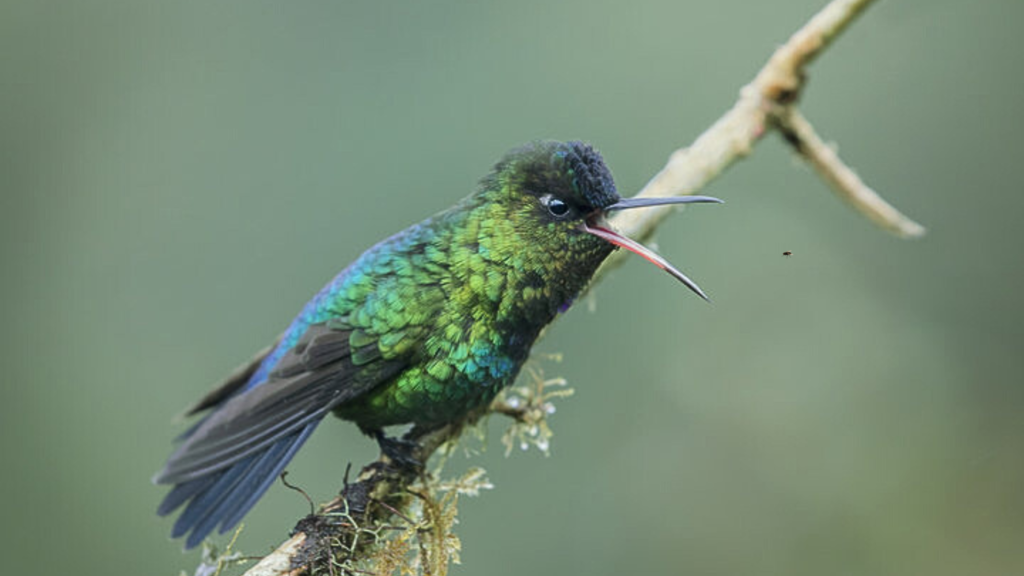
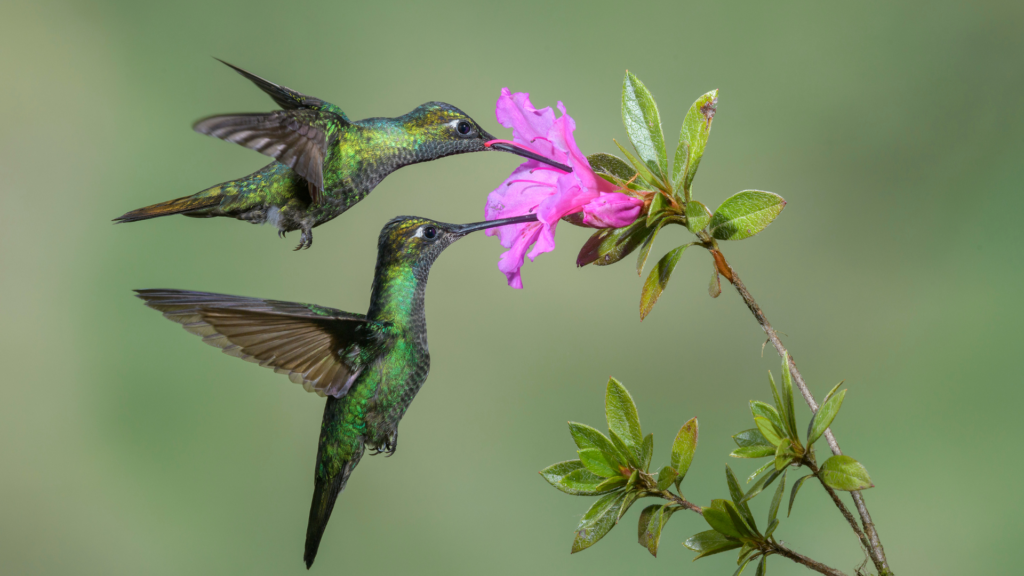

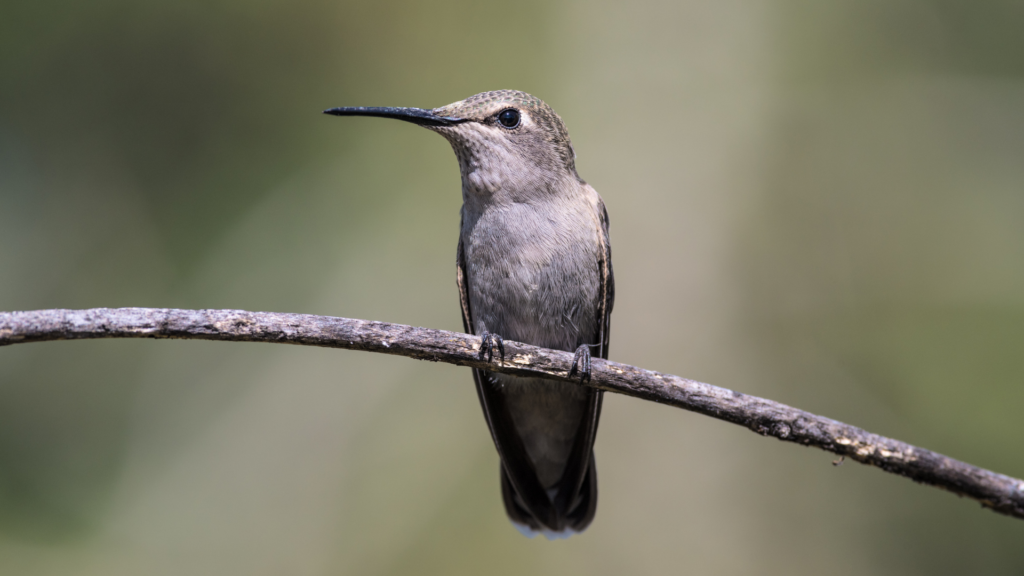
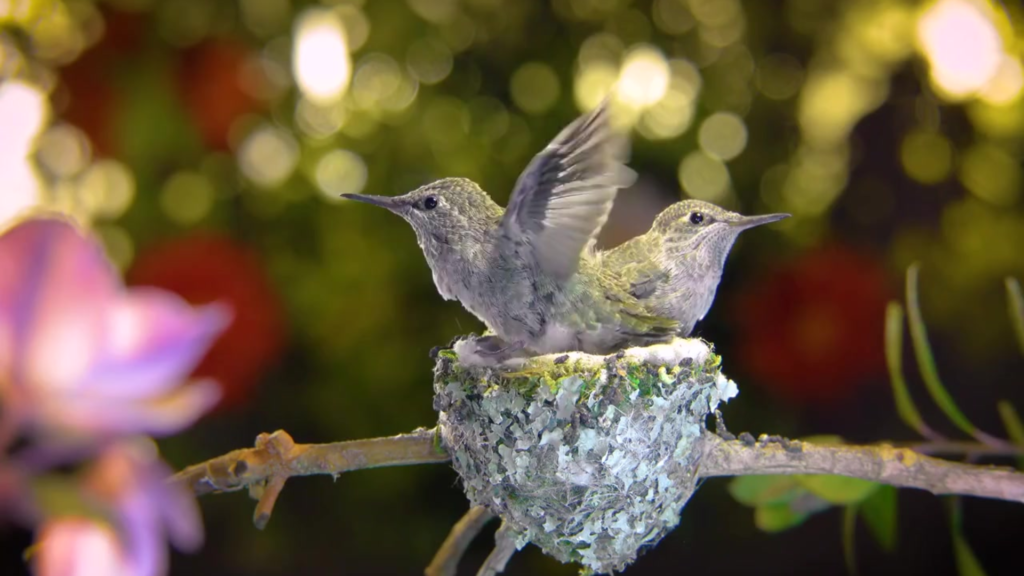
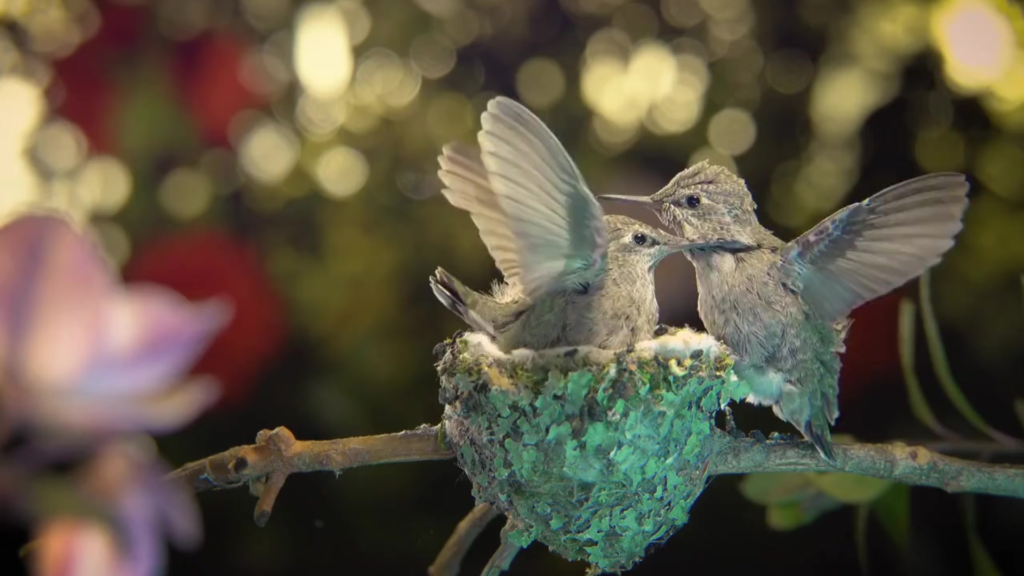

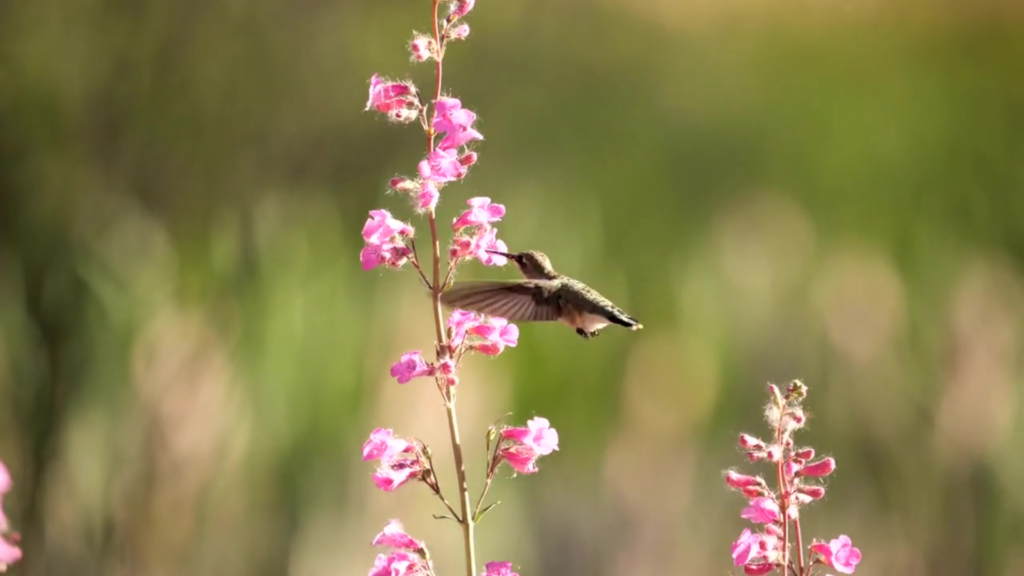
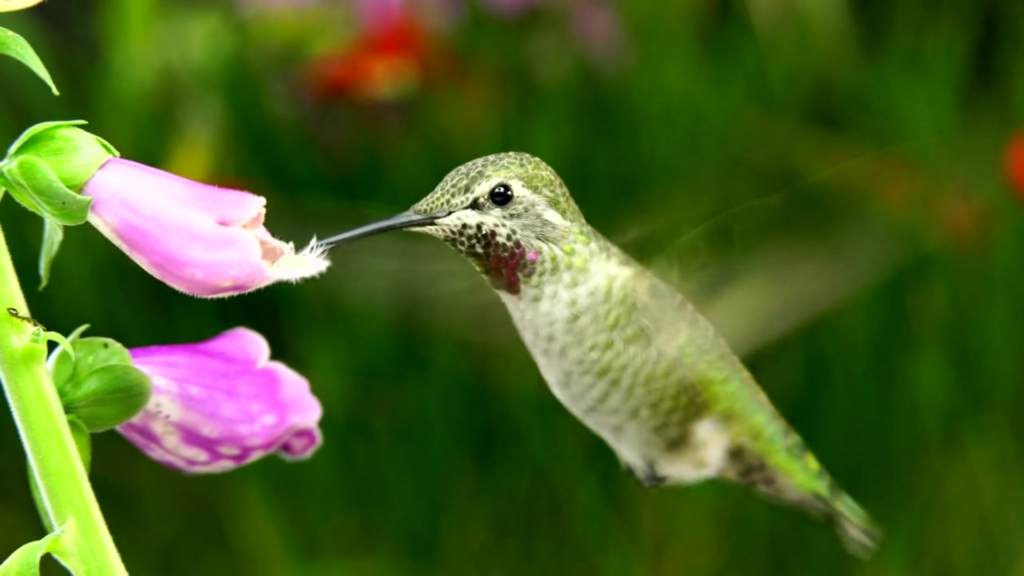
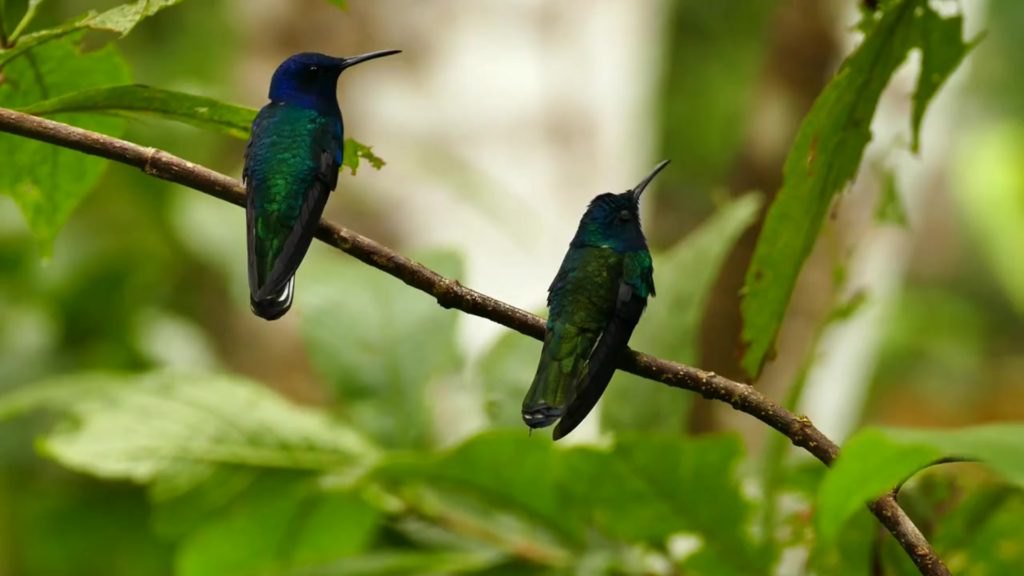
Mind-Blowing Hummingbird Facts!





How to Attract Hummingbirds to Your Yard
Want to see these tiny wonders up close? Here’s how to make your yard hummingbird-friendly: 



Fun Facts About Hummingbirds
They are the only birds that can hover in place, fly backward, and even upside down!
Their wings beat between 50 and 80 times per second!
During courtship dives, some species’ wings beat up to 200 times per second!
They have no sense of smell but incredible eyesight and hearing.
Hummingbirds enter a state of torpor (like hibernation) to survive cold nights.
The Bee Hummingbird is the smallest bird in the world—only 2.2 inches long!
Some hummingbirds migrate over 2,000 miles, including a non-stop 500-mile flight over the Gulf of Mexico!
Their tongues are grooved like a ‘W’ to help lap up nectar quickly.
About Hummingbirds
- Scientific Family: Trochilidae
- Number of Species: Over 360
- Habitat: Found only in the Americas, ranging from Alaska to South America
- Diet: Nectar, small insects, spiders, and tree sap
- Lifespan: 3 to 5 years in the wild, up to 10+ years in protected areas
- Unique Traits: Fastest wingbeat of any bird, ability to hover and fly backward, long-distance migration
- Fun Fact: The iridescent colors of their feathers aren’t from pigments but from microscopic structures that reflect light!
Final Thoughts
Hummingbirds are truly one of nature’s most astonishing creatures. Their speed, intelligence, and beauty make them a joy to observe and appreciate. Whether you spot one in your garden or on a tropical adventure, these tiny birds leave a lasting impression!
Did you enjoy these fascinating hummingbird facts? Let us know your favorite one in the comments below! And don’t forget to check out our YouTube video for even more amazing hummingbird footage!
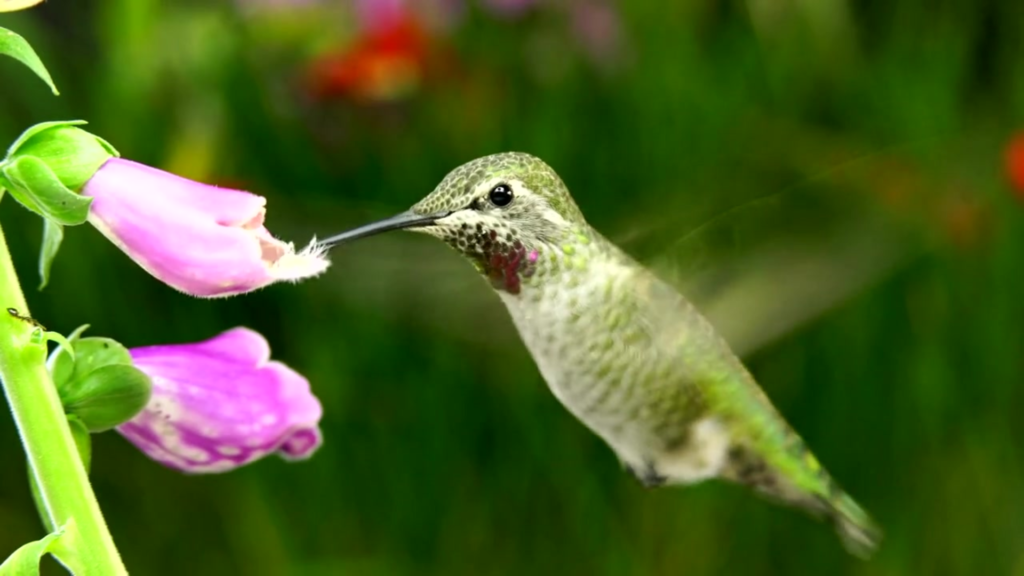
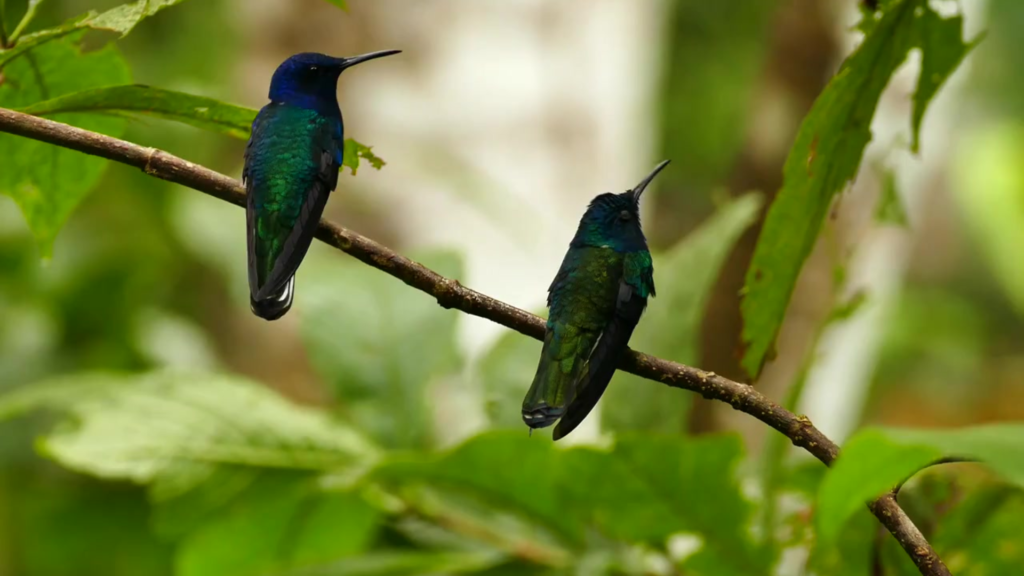
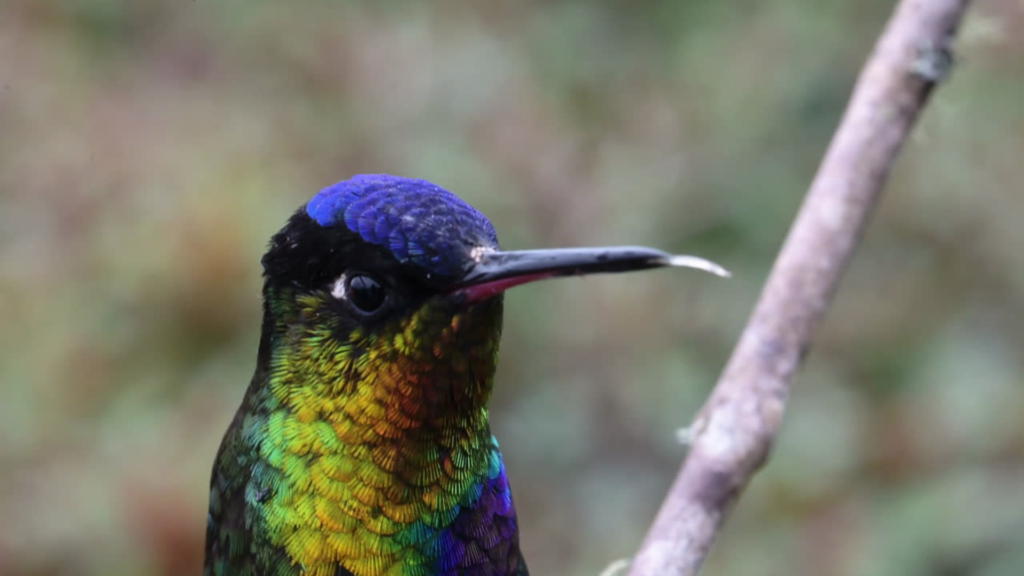
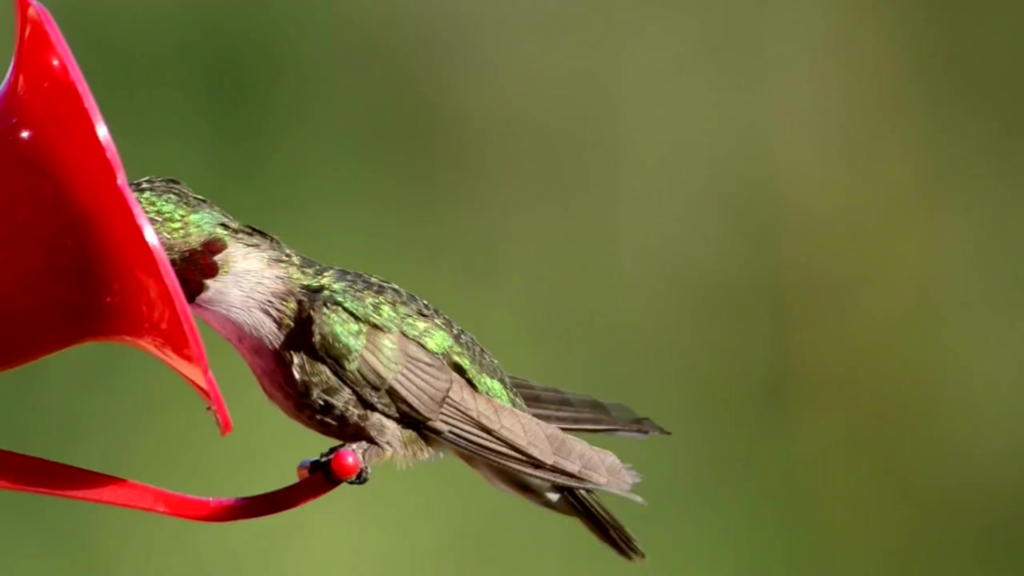

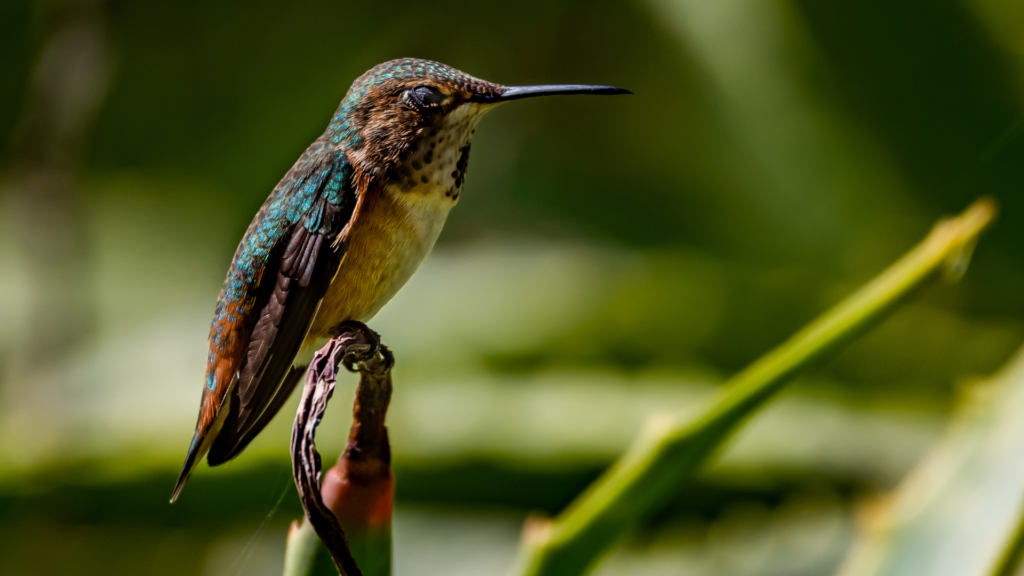
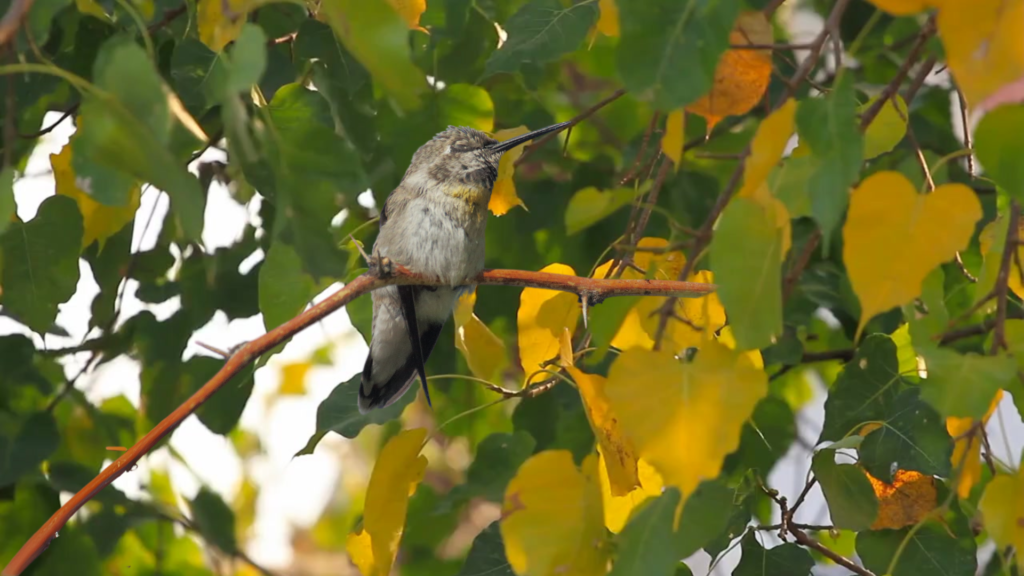

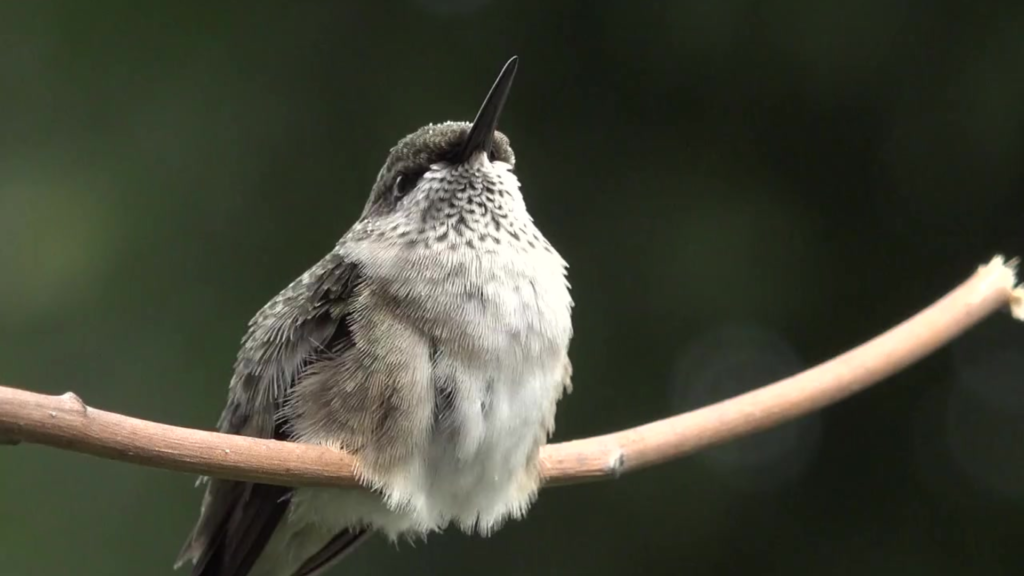
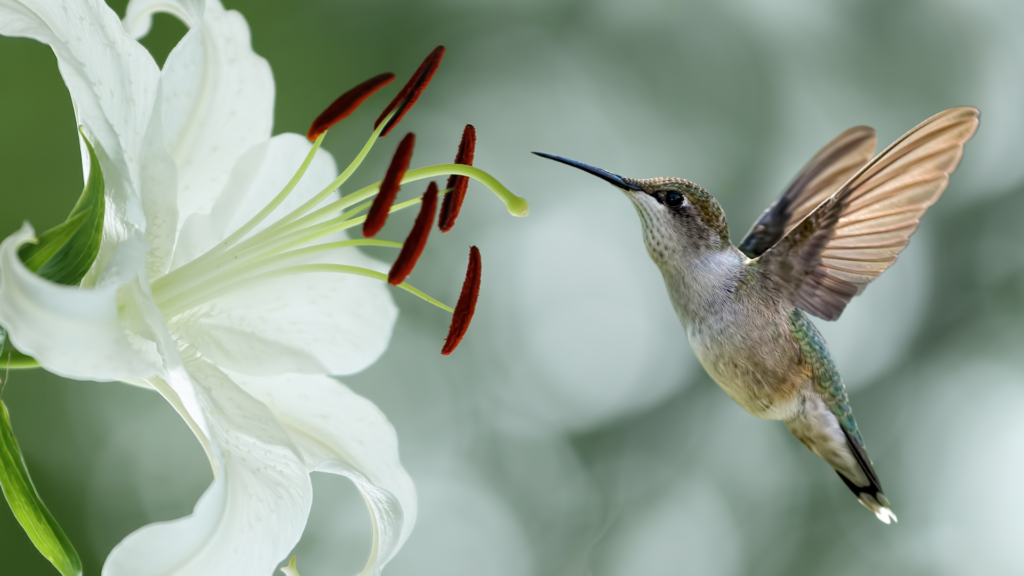








#Bumblebees #Pollinators #WildlifeEducation #SaveTheBees #BearBunk










Leave a Reply